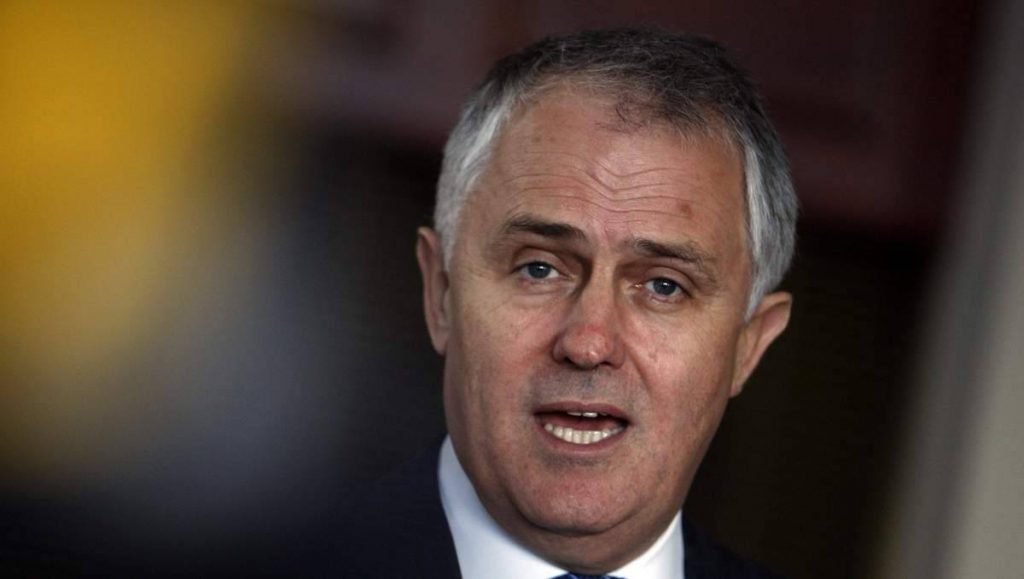Digital disruption has turned much of the corporate sector on its head in the past ten years, laying waste to jobs in some areas while creating whole new industries in others
And yet there is one giant employer in this country that has remained immune to these dramatic technology forces. The Australian Government has been largely unmoved, drifting for years as the world has transformed around it.
Once considered a leader in policy-making to drive eGovernment service delivery, Canberra somehow lost its mojo. In fact, the Australian Government has not had an effective champion of the transformative benefits of technology since the former Labor Finance Minister Lindsay Tanner left politics at the 2010 election.

Tanner reformed government technology procurement and established budget mechanisms through which departments and agencies could share the savings that better service innovation delivered – and could re-invest those savings into innovative new delivery projects.
He had a passion for innovation and for open government, and also a seat at the Cabinet table. And holding the purse strings as Finance minister kept other portfolios in line in relation to a range of eGovernment initiatives.
It didn’t last. When budget pressures mounted in 2009/10, all of the savings from technology delivery programs were tipped back into general revenue, and Lindsay Tanner left Canberra for good.
And it has been five years since a Cabinet minister has championed technology in government. This has been a problem.
These historical notes are remembered here to underline this point: The creation of a Digital Transformation Office inside the Department of Communications unveiled last week is welcome indeed.
Putting aside the weirdness of announcing such an important program on the Friday afternoon before the Australia Day long weekend (seriously, what was that about?) this is policy that should return government focus to tech-enabled transformation.
It also puts the pointy-end of government’s digital challenges into the portfolio of an energetic and reform-minded Cabinet minister in Malcolm Turnbull. This bloke has both the interest and inclination, which is a good thing. The DTO is a tremendous opportunity to get things done.
Few details of the DTO’s construction were released with the announcement, although we can surmise a lot from similar public sector digital initiatives overseas, particular that of the UK Cabinet Office minister and paymaster general Francis Maude and that of the US Government’s 18F program.
One of the most intriguing details to emerge since launch came via the technology website The Register: The DTO will start life with no budget.
“The government already has significant expenditure on service delivery and it is anticipated that much of the DTO’s work will be funded through existing expenditure,” the Register quotes a Communications spokesman.
This is a crazy-brave way to reset cultural inertia, so crazy it just might work (in the short term.) Whatever digital challenges the Australian Government faces, money is not one of them. The Commonwealth spends about $6 billion every year on its technology.
Do you know more? Contact James Riley via Email.

